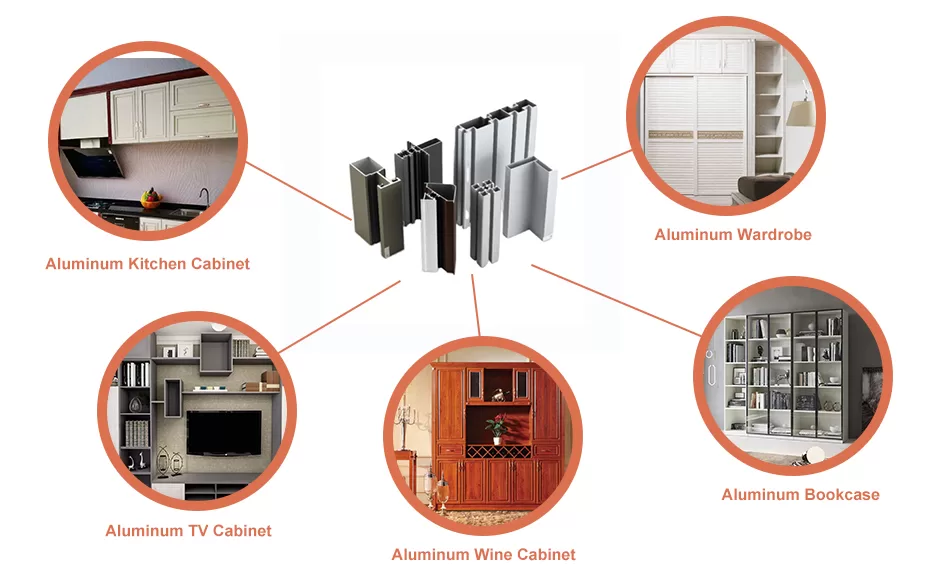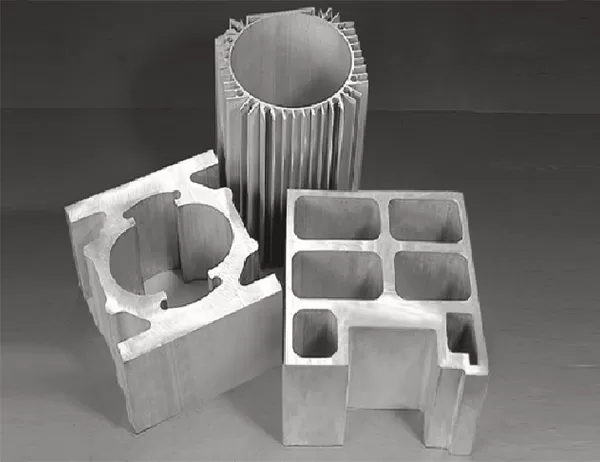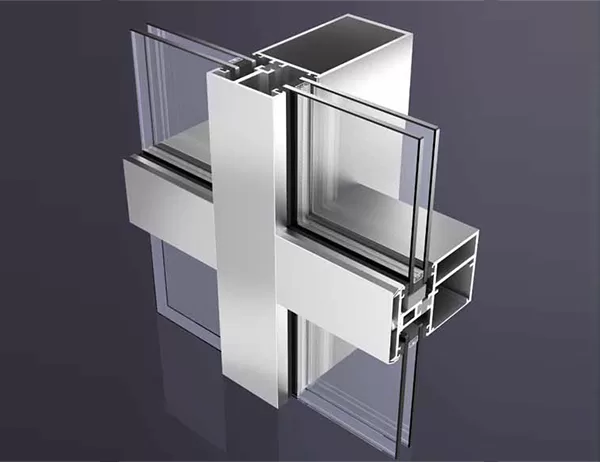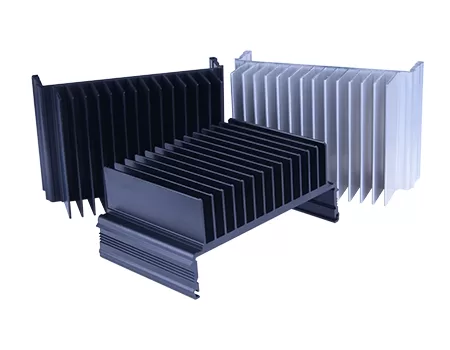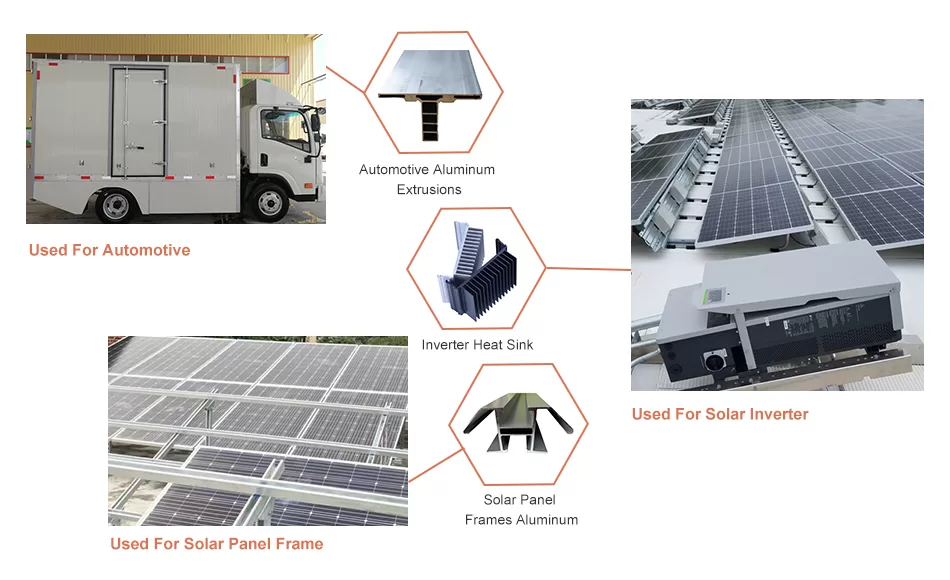Introduction
Kitchen cabinets are an integral part of any kitchen, not only providing storage space but also enhancing the aesthetics and functionality of the room. However, beyond their aesthetic appeal, kitchen cabinet profiles can also significantly impact the health and safety of your home. This article delves into the multifaceted health and safety benefits associated with choosing the right kitchen cabinet profiles.
Antibacterial and Antimicrobial Properties
Kitchen cabinets are often exposed to moisture and food particles, creating a breeding ground for harmful bacteria. Choosing cabinet profiles with antibacterial and antimicrobial properties helps inhibit the growth and spread of germs, reducing the risk of foodborne illnesses and maintaining a healthier kitchen environment. Antimicrobial surfaces can prevent the buildup of bacteria, mold, and fungi, ensuring a cleaner and hygienic space.
Ergonomics and Accessibility
Well-designed cabinet profiles promote ergonomics and accessibility, reducing strain and improving overall functionality. Handles and knobs that are easy to grip and operate minimize hand fatigue, making it easier to open and close cabinets. Adjustable shelves and pull-out drawers provide flexibility, allowing you to customize storage solutions to suit your height and reach, reducing the likelihood of accidents or muscle strain.
Slip Resistance and Traction
Slip-resistant cabinet profiles are essential for maintaining a safe and stable work surface. Textured or non-slip surfaces provide enhanced traction, preventing slips and falls when handling heavy kitchenware or working with sharp objects. This feature is particularly important for elderly or individuals with mobility challenges, reducing the risk of accidents and ensuring peace of mind.
Thermal Resistance
Heat-resistant cabinet profiles protect kitchen surfaces from damage caused by hot pots and pans. Durable materials, such as stainless steel or heat-resistant laminates, can withstand high temperatures without scorching or melting, preventing burns and ensuring the safety of your cabinets. Additionally, thermal resistance reduces the risk of fire accidents by preventing cabinets from igniting in the event of accidental contact with heat sources.
Resistance to Chemicals and Cleaning Agents
Kitchen cabinets are frequently exposed to harsh chemicals and cleaning agents used for disinfection and maintenance. Chemical-resistant cabinet profiles are designed to withstand the corrosive effects of these substances, preventing damage to the surfaces and safeguarding the integrity of the cabinets. This durability ensures that your cabinets retain their aesthetics and functionality over time, even with regular cleaning and sanitization.
Easy Cleaning and Maintenance
Kitchen cabinet profiles that are easy to clean and maintain promote hygiene and reduce the risk of contamination. Smooth, non-porous surfaces prevent grime and bacteria accumulation, making it easier to wipe down and disinfect cabinets regularly. Removable drawers and shelves facilitate thorough cleaning, ensuring that all areas of your kitchen remain hygienic and free of harmful substances.
Conclusion
Choosing the right kitchen cabinet profiles is not merely an aesthetic decision but also a vital investment in the health and safety of your home. By carefully considering the antibacterial, ergonomic, slip-resistant, thermal, chemical-resistant, and easy-cleaning features of cabinet profiles, you can create a kitchen environment that is safe, hygienic, and conducive to well-being. By embracing these benefits, you can enhance the functionality and enjoyment of your kitchen while safeguarding the health of your family.
